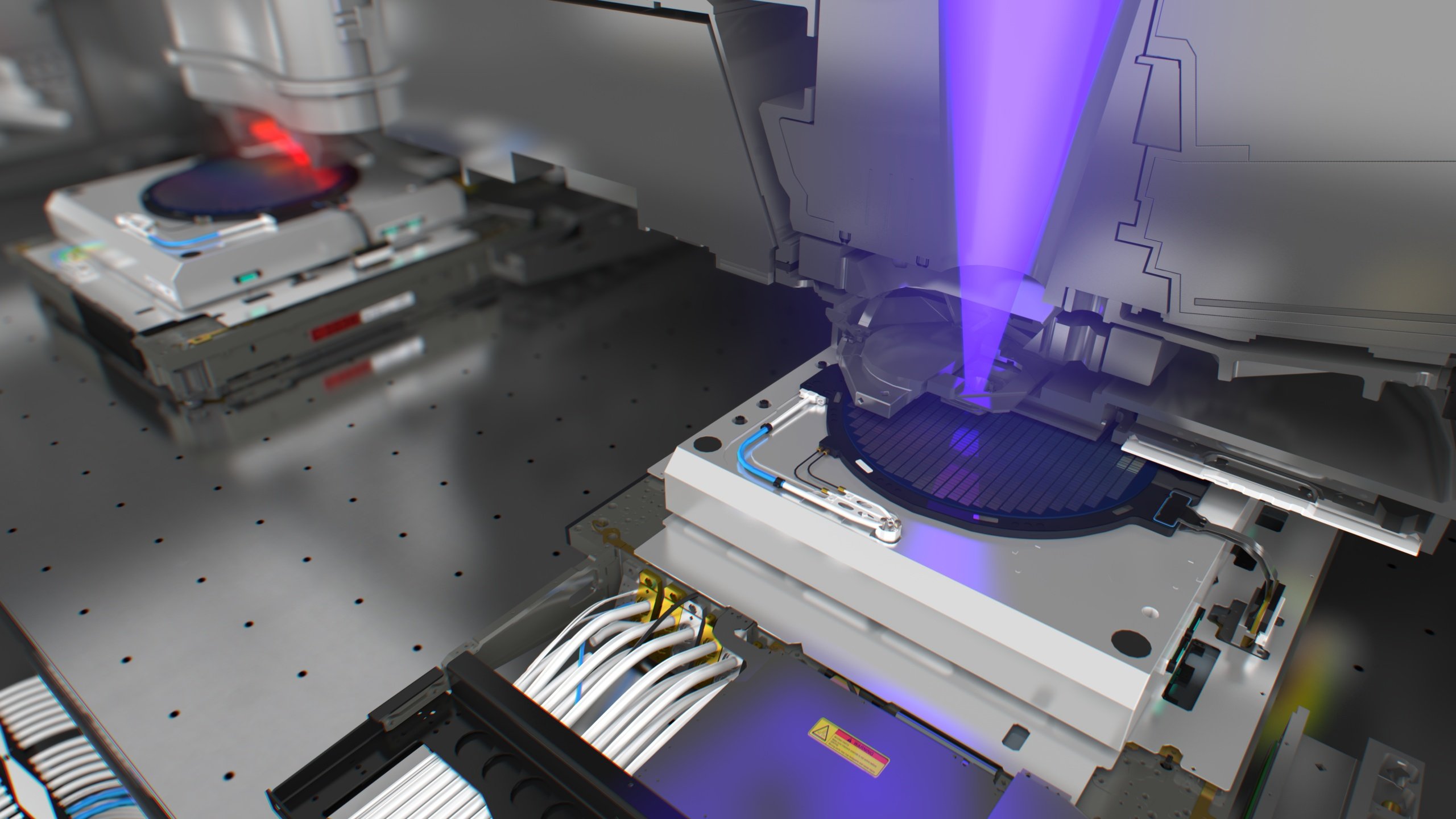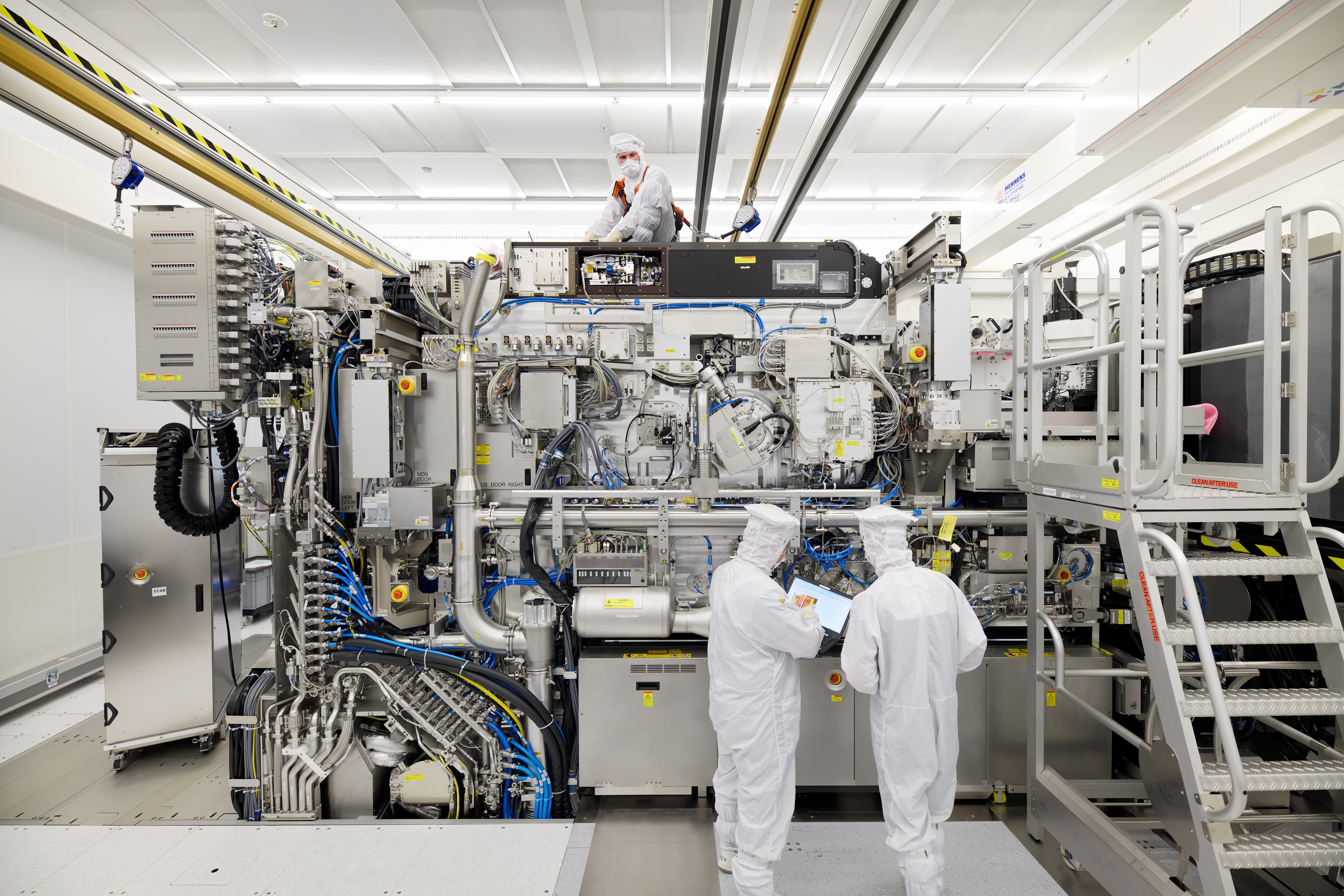
In a bid to bypass US sanctions and seize the lead in the semiconductor industry, China has embarked on a ground-breaking project to construct a massive particle accelerator-powered chip factory. The project, initiated in 2017, revolves around a new luminescence mechanism called steady-state microbunching (SSMB) for extreme ultraviolet (EUV) lithography machines. The SSMB technique harnesses the energy of charged particles during acceleration to produce a continuous pure EUV light with high average power.
It is a project that has been running since 2017, but due to Huawei’s breakthroughs in chip manufacturing, it was recently catapulted into public view. SSMB technology’s journey in chip manufacturing parallels ASML’s exploration of alternative light sources. A notable by-catch of this effort was the Lighthouse Project, which aimed to industrialize ASML’s method of producing the medical isotope technetium-99m (Tc-99m) without nuclear reactors. Despite initial promise and designation as a Dutch National Icon, the Lighthouse Project faced challenges from powerful nuclear lobbies and technological problems during the final phase of feasibility studies, leading to its discontinuation.
Chinese experts claim this approach results in a higher chip production output, lower unit cost, and better average power than current ASML EUV technology. SSMB technology, which was proposed in 2010 and successfully tested in 2019, could be China’s solution to future sanctions and provide new tools for frontier research in various disciplines.
Breaking ground in chip manufacturing
China’s ambitious endeavor to revolutionize the semiconductor industry is headed by a team from Tsinghua University, which is currently in talks with authorities in Xiongan New Area to select a construction site, the South China Morning Post reports. The project aims to achieve high-volume, low-cost chip manufacturing, particularly for advanced 2nm chips and beyond. This chip factory is not merely a manufacturing facility but proof of China’s innovative prowess in developing its own semiconductor lithography process, challenging the industry dominance of ASML.

ASML, a Netherlands-based company, has been a dominant player in lithography systems, having delivered 180 extreme ultraviolet (EUV) systems by the end of 2022. Their technology utilizes laser-crushed microdroplets of tin to produce EUV pulse light, creating an EUV light source with a power of about 250W. This light source undergoes reflection from 11 mirrors, leading to approximately 30% energy loss per mirror and a power of less than 5W when it reaches the wafer.
SSMB: a game-changer?
Steady-State Microbunching (SSMB) technology, the brainchild of Chinese researchers, presents a solution to these efficiency issues. It can achieve a higher output power of 1000W, requiring fewer reflecting mirrors and generating higher terminal power. SSMB technology uses charged particles’ energy during acceleration as a light source, resulting in continuous pure EUV light with high average power. This technology could offer a more ideal light source than current ASML EUV technology, with higher average power and higher chip production output at lower unit costs.

SSMB, however, is not without its challenges. The main task lies in managing the distribution of electrons within the storage ring of the accelerator, making them achieve collective synchronous radiation. The device could produce high-quality radiations from terahertz waves at a wavelength of 0.3mm to EUV waves at wavelengths of 13.5nm. Despite the hurdles, the team successfully conducted the first verification phase at the Metrological Light Source (MLS) in Berlin in 2021.
With the successful experiment and publication of their findings in the peer-reviewed journal Nature in 2021, China could become a global leader in microchip production. According to the South China Morning Post, Professor Tang Chuanxiang, a team member, believes SSMB technology could help China eliminate future sanctions.
China’s ascent
Realizing SSMB-EUV light sources will provide new tools for frontier research in materials science, basic physics, biochemistry, and other disciplines. As the world increasingly relies on ASML for machines that print chips, China’s innovative leap could reshape the landscape of the global semiconductor industry.


